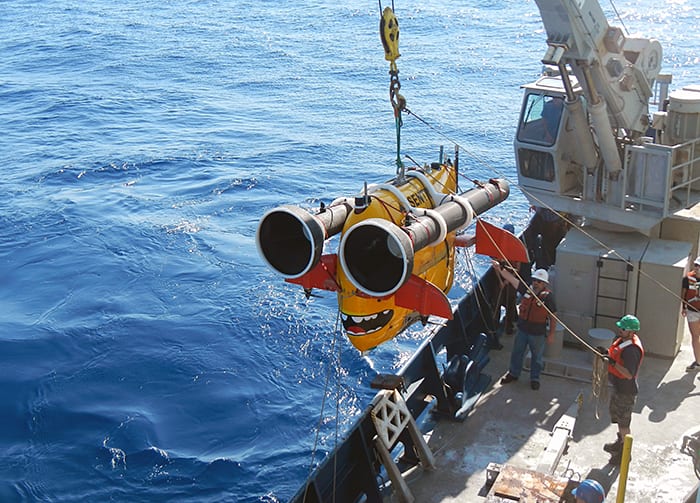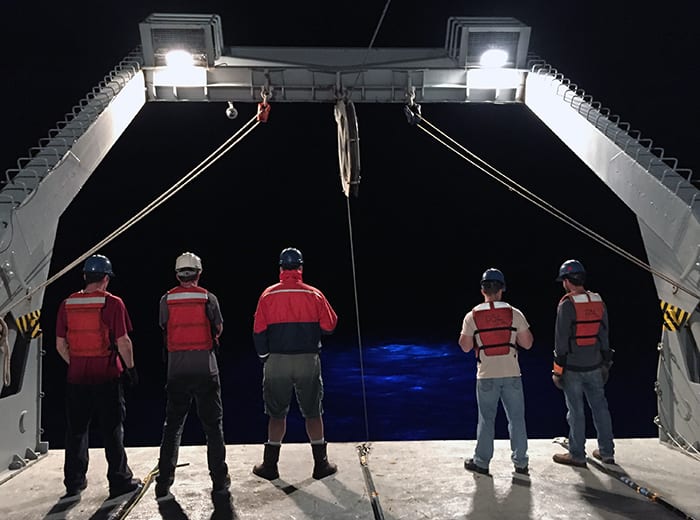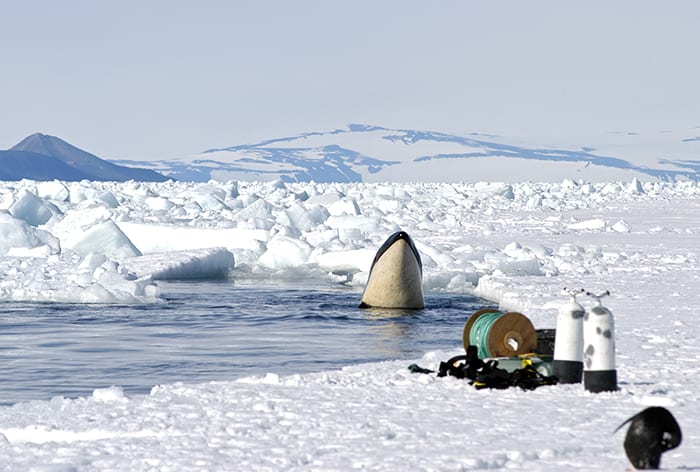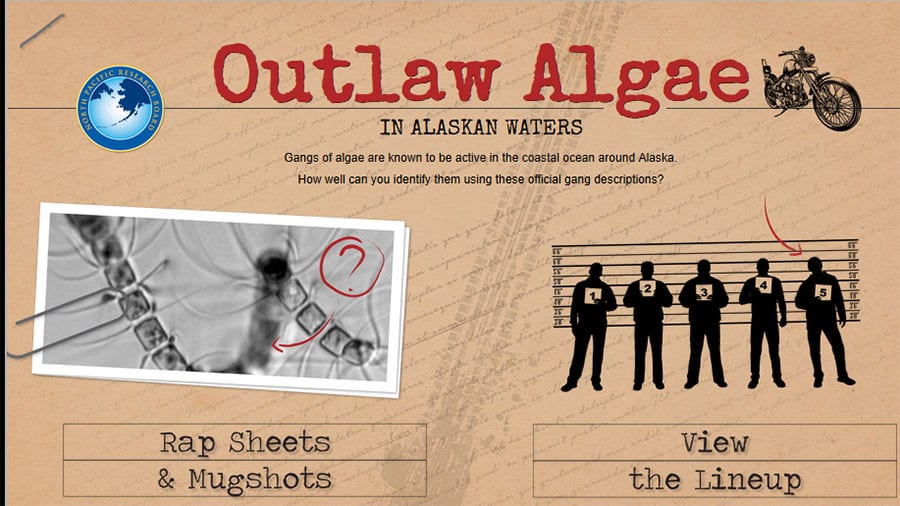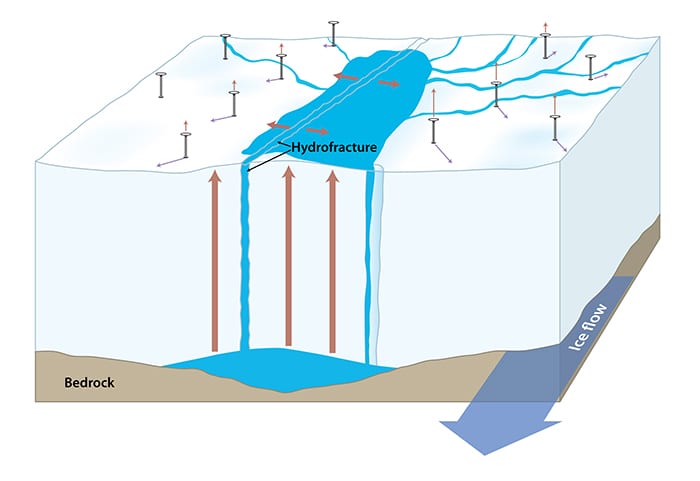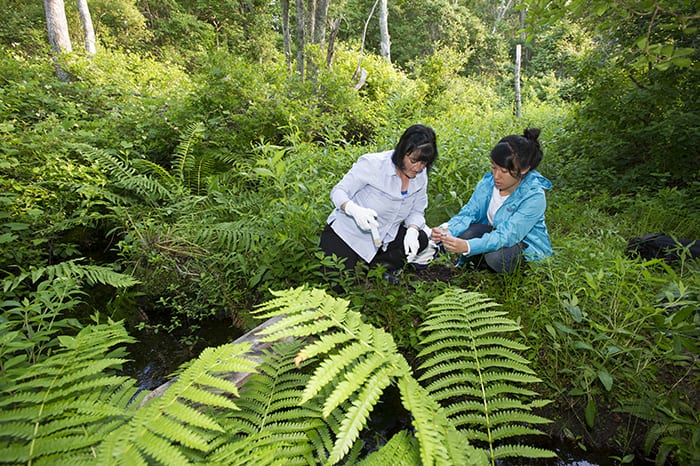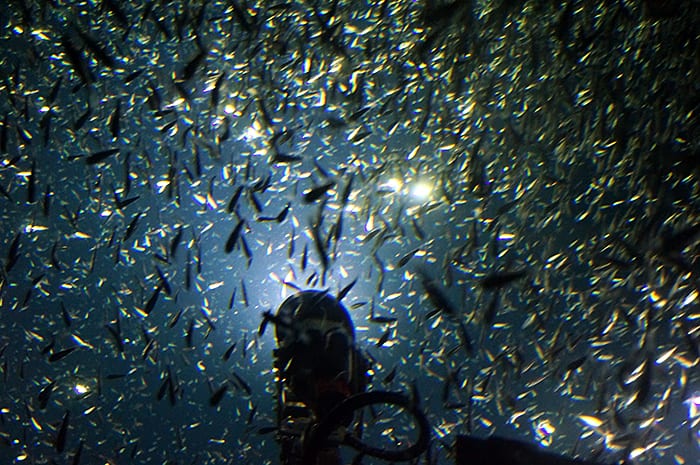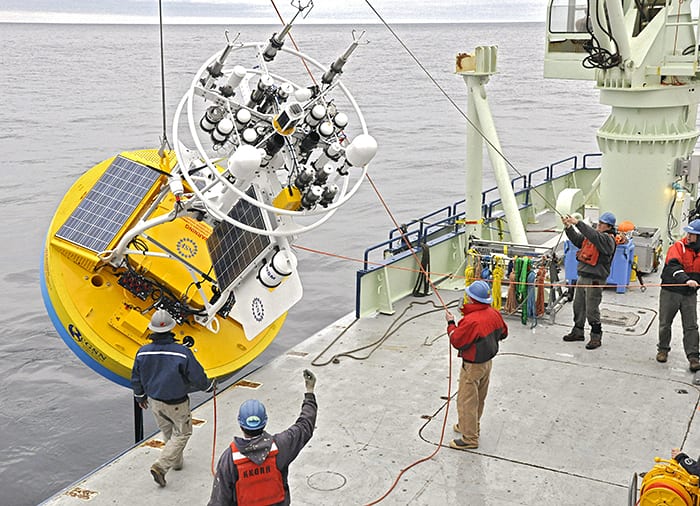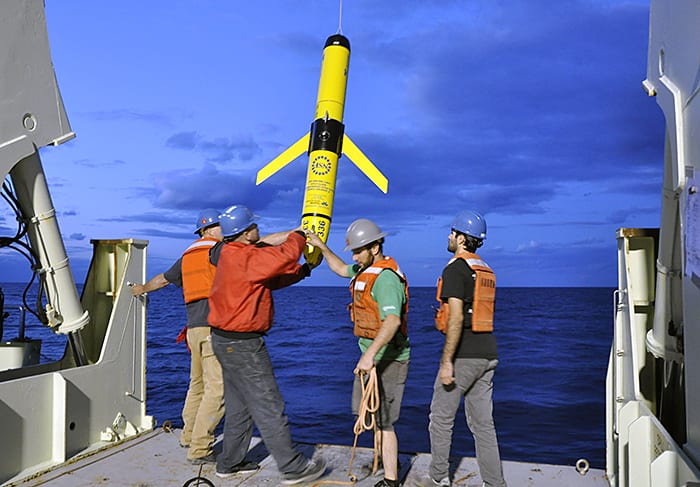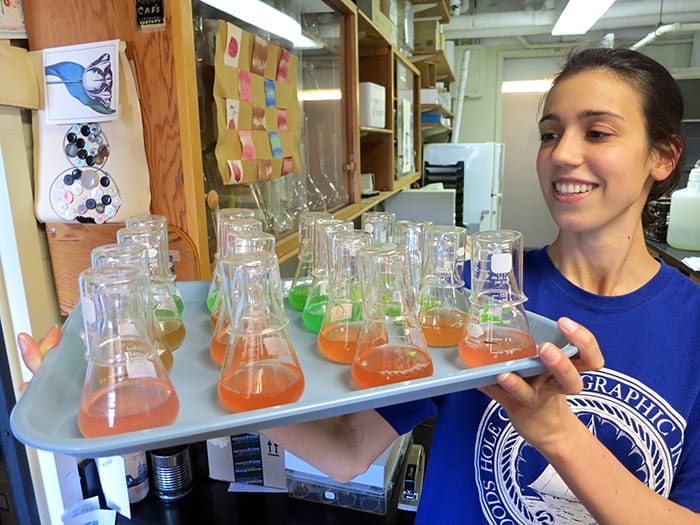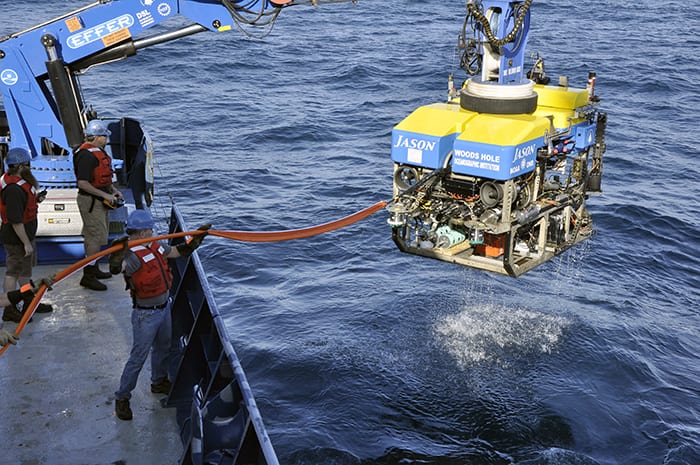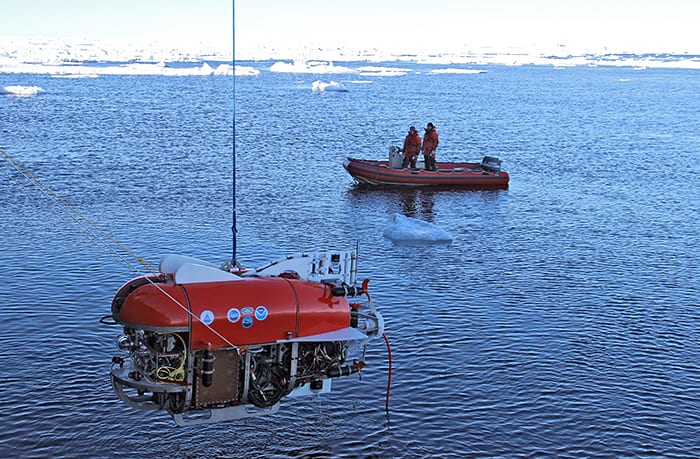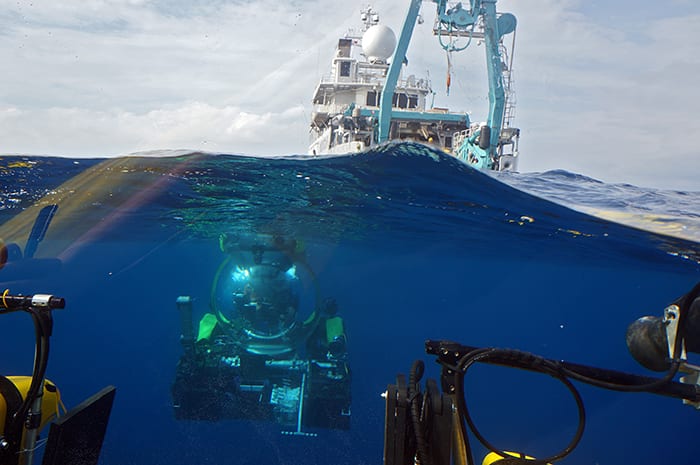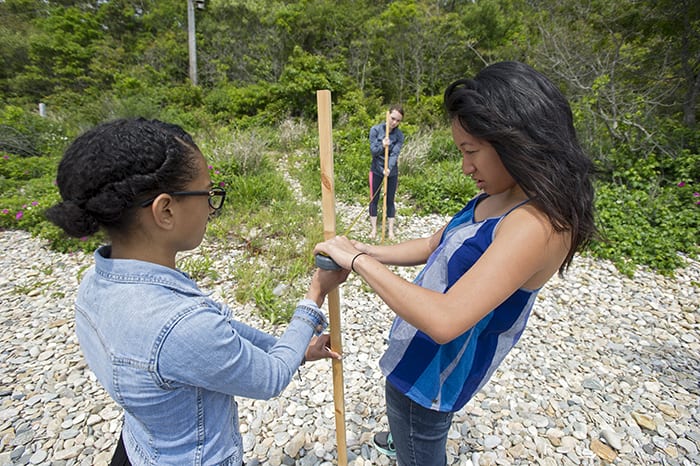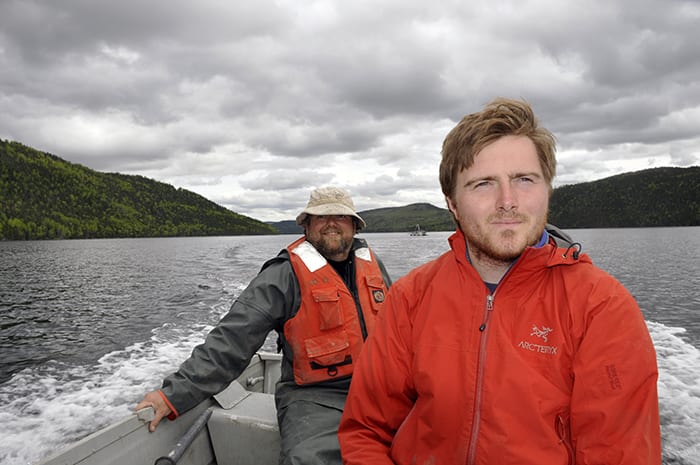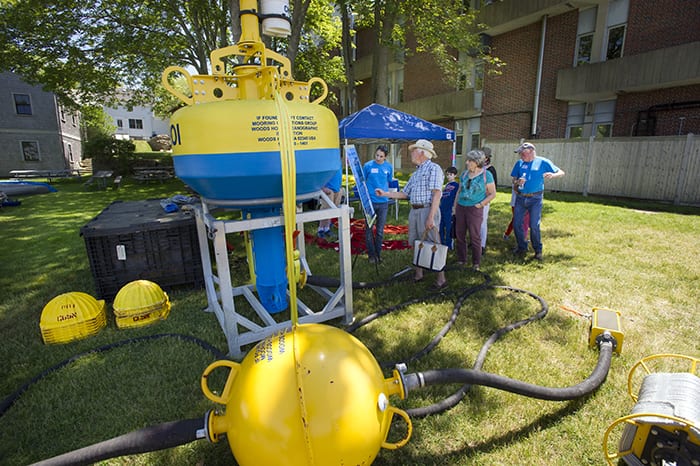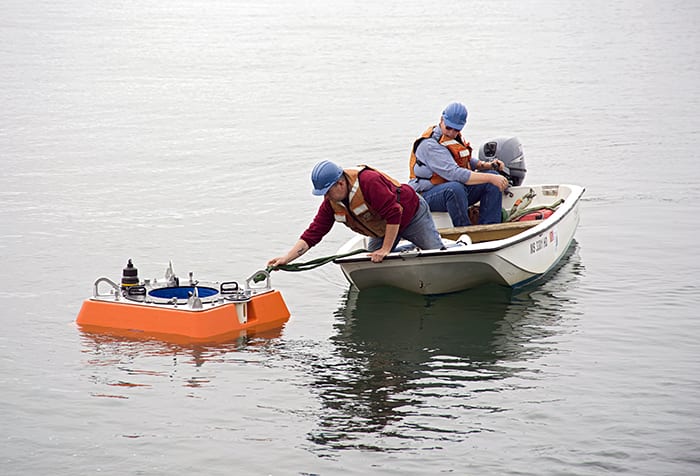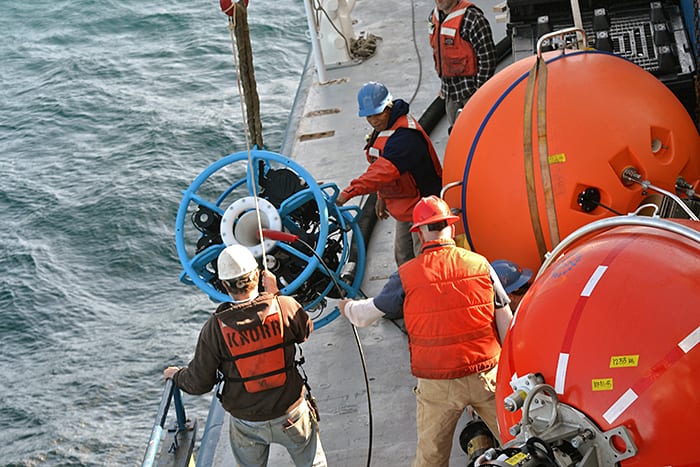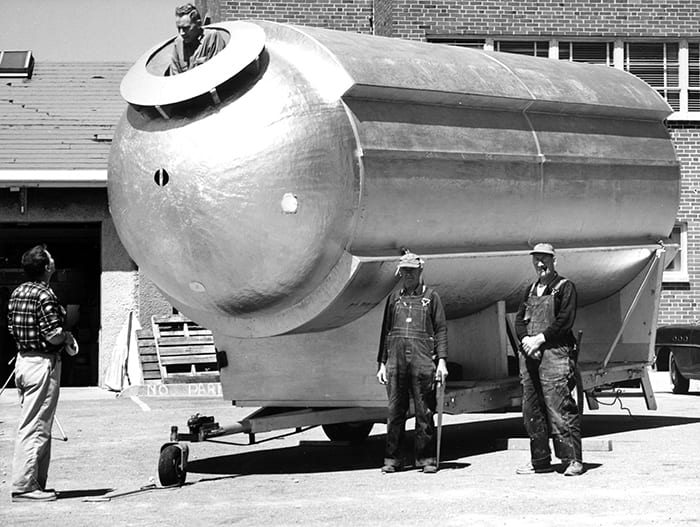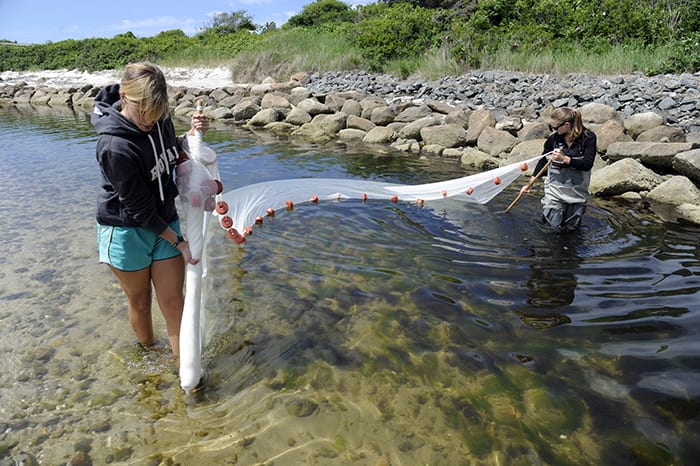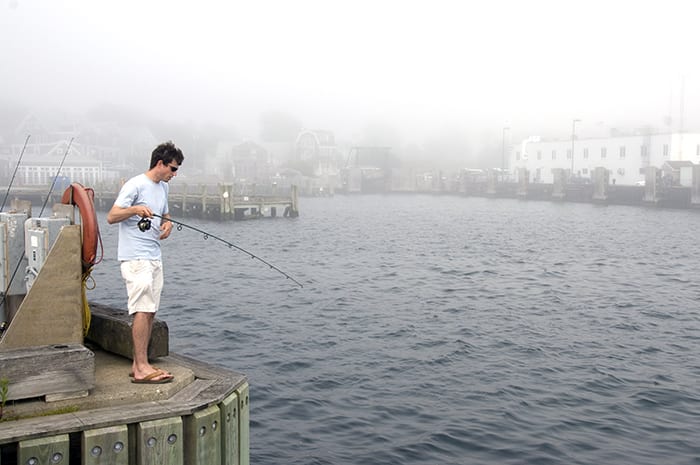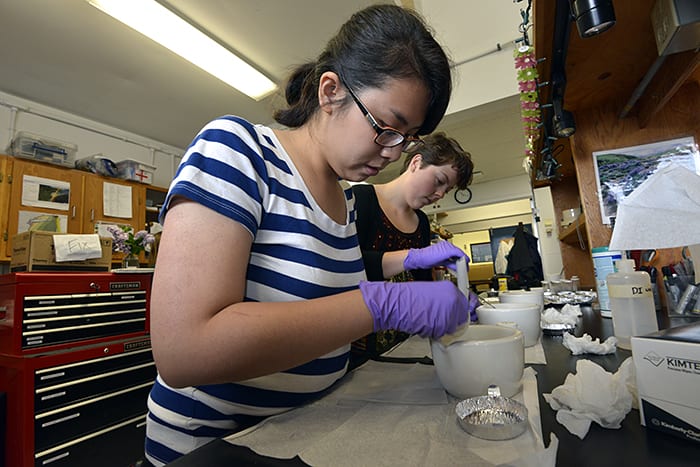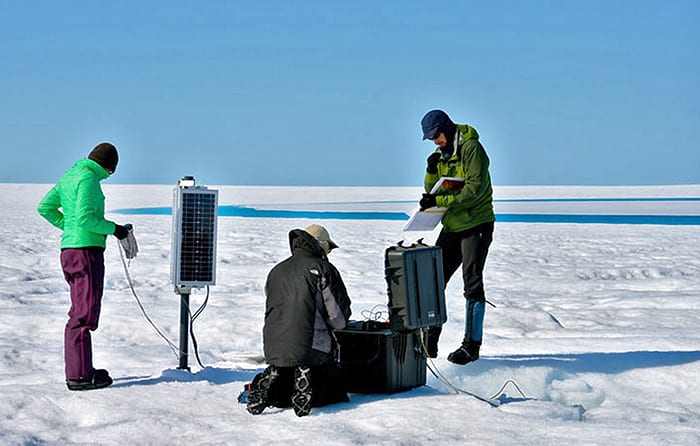Multimedia Items
Eyes on Plankton
WHOI engineers, together with scientists from Duke University and the University of Oregon Institute recently deployed a novel plankton sampler attached to the autonomous underwater vehicle Sentry from R/V Atlantis.…
Read MoreCool Blue Recovery
Onboard the R/V Roger Revelle in March 2015, the crew that pilots and oversees the remotely operated vehicle (ROV) Jason awaited the return of Medea, Jason‘s partner vehicle, to the ship…
Read MoreOrca Rising
Orcas (Orcinus orca), also called killer whales, hunt prey such as penguins and seals that spend some of their time out of the water. They are known to spy-hop—hold their…
Read MoreOutlaw Algae in Alaskan Waters
Monitoring the Ice
In 2006, scientists at WHOI and the University of Washington discovered that cracks can form suddenly at the bottom of lakes on the Greenland Ice Sheet and drain the lakes…
Read MoreMercury Rising?
Every summer, up to 15 college students get to work side-by-side with WHOI researchers as part of the Partnership Education Program (PEP), a program founded by six science institutions in Woods…
Read MoreUndersea Constellation
In April, WHOI biologist Jesús Pineda worked aboard the research vessel Alucia, to study the ecology and oceanography of Hannibal Seamount, an undersea mountain rising from 1,377 to 130 feet…
Read MoreOcean Weather Station
Heavily instrumented buoys like this Coastal Surface Mooring (CSM) being recovered aboard the R/V Knorr, are part of the NSF-funded Pioneer Array, a network of moorings, gliders, and autonomous underwater vehicles (AUVs)…
Read MoreGlide Path
An ocean glider is brought back aboard the R/V Knorr by a WHOI engineering team including (left to right) Jim Ryder, John Lund, Jeff Pietro and Aidan Alai. The glider…
Read MoreServing Up Synechococcus
Kristen Hunter-Cevera investigates abundant organisms in the ocean, a photosynthetic bacteria called Synechococcus, that are also an important food source in the marine food chain and produce a significant portion of…
Read MoreDeep-sea Workhorse
Designed and built by WHOI scientists, the original vehicle Jason was launched in 1988. A more advanced, second-generation Jason (pictured) launched in 2002. Jason is a remotely operated vehicle—a tether links it to a control room on a research…
Read MoreNewbie NUI
One of the newest vehicles developed at WHOI with funding from the National Science Foundation, Nereid Under Ice (NUI) enables researchers to explore the fascinating extreme habitat under sea ice.…
Read MoreHannibal’s Secrets
Researchers Jesús Pineda and Vicke Starczak had a front-row view in April 2015 as DSV Rover (pictured) and DSV Nadir descended from the research vessel Alucia to Hannibal Seamount in the Panamanian Pacific. At…
Read MoreSummer Studies
Berlinda Batista of Bridgewater State University, Ellin Rittler of University of San Francisco, and Kelly Luis of Columbia University (left to right) learn how to perform a beach survey in the…
Read MoreHard Core
Michael Toomey (front) and Chris Maio, of the Coastal Systems Group, provide small boat support for a coring platform, the R/V Arenaria (pictured in the distance), off the Newfoundland coast. The…
Read MoreBackyard Show-and-Tell
Visitors learned about the the Woods Hole Oceanographic Institution whale detection mooring during a public event in June 2015. The listening system allows researchers to detect the location of right…
Read MoreTwo Men, a Boat, and a Float
WHOI engineers Jim Dunn (foreground) and Matt Gould test an acoustic-release float in Woods Hole Harbor. The float is packed with thousands of feet of line and designed to sit…
Read MoreHeavy Lifting
The crew of R/V Knorr deployed a Near Surface Instrument Frame (NSIF) into the Irminger Sea as part an NSF-funded Ocean Observatories Initiative (OOI) Global Scale Node last year. The NSIF and…
Read MoreEarly Diver
The deep submergence vehicle (DSV) Aluminaut, shown at WHOI in 1961, was owned by the Reynolds Metals Co. (later Reynolds Aluminum) and operated briefly by WHOI in the early 1960s. In…
Read MoreMoored profiler testing
A moored profiler, made by McLane Research Laboratories, is tested in a test tank. (Courtesy McLane Research Laboratories) By Michael Carlowicz :: Originally published online October 31, 2007
Read MoreSummer Seining
Summer Student Fellow Sara Hamilton (left) and Julie Pringle, a laboratory assistant in the Biology Department, use a seine net during a recent fieldtrip to Wood Neck Beach in Falmouth,…
Read MoreLine on Science
During his time at WHOI as a Summer Student Fellow, William Goldsmith was occasionally seen fishing for research subjects off the Iselin dock. The summer-long program gives undergraduate students an…
Read MoreLab Mates
Summer Student Fellow Miranda Cashman (front) and Northeastern University student Michelle O’Donnell prepare samples for a germanium gamma detector in the Coastal Systems Lab run by WHOI geologist Jeff Donnelly.…
Read MoreGreenland GPS
Each spring, the melting ice sheet forms large lakes. A decade ago, scientists discovered that cracks can form suddenly in the bottom of these lakes and drain them within hours. To learn how…
Read More
